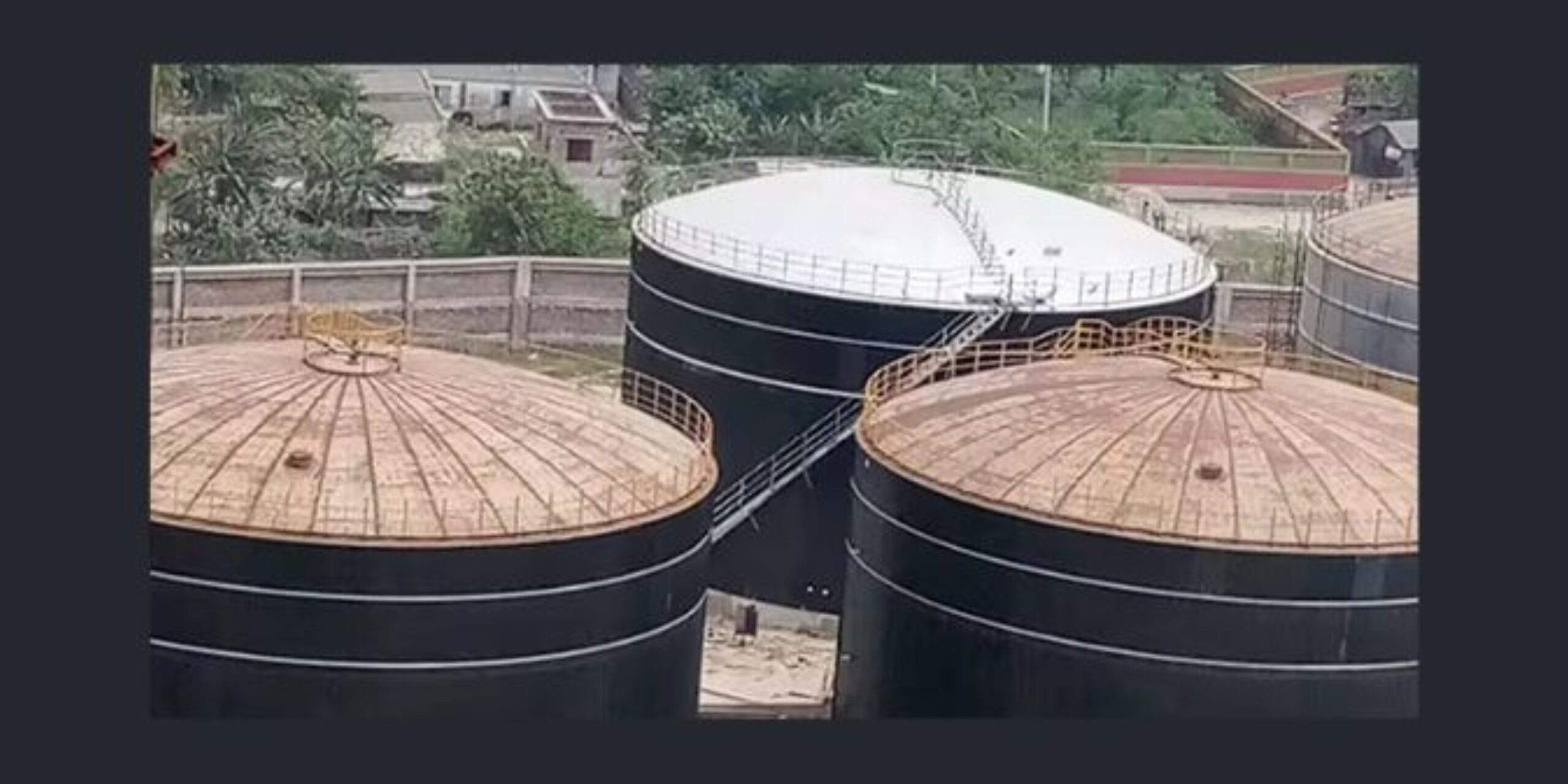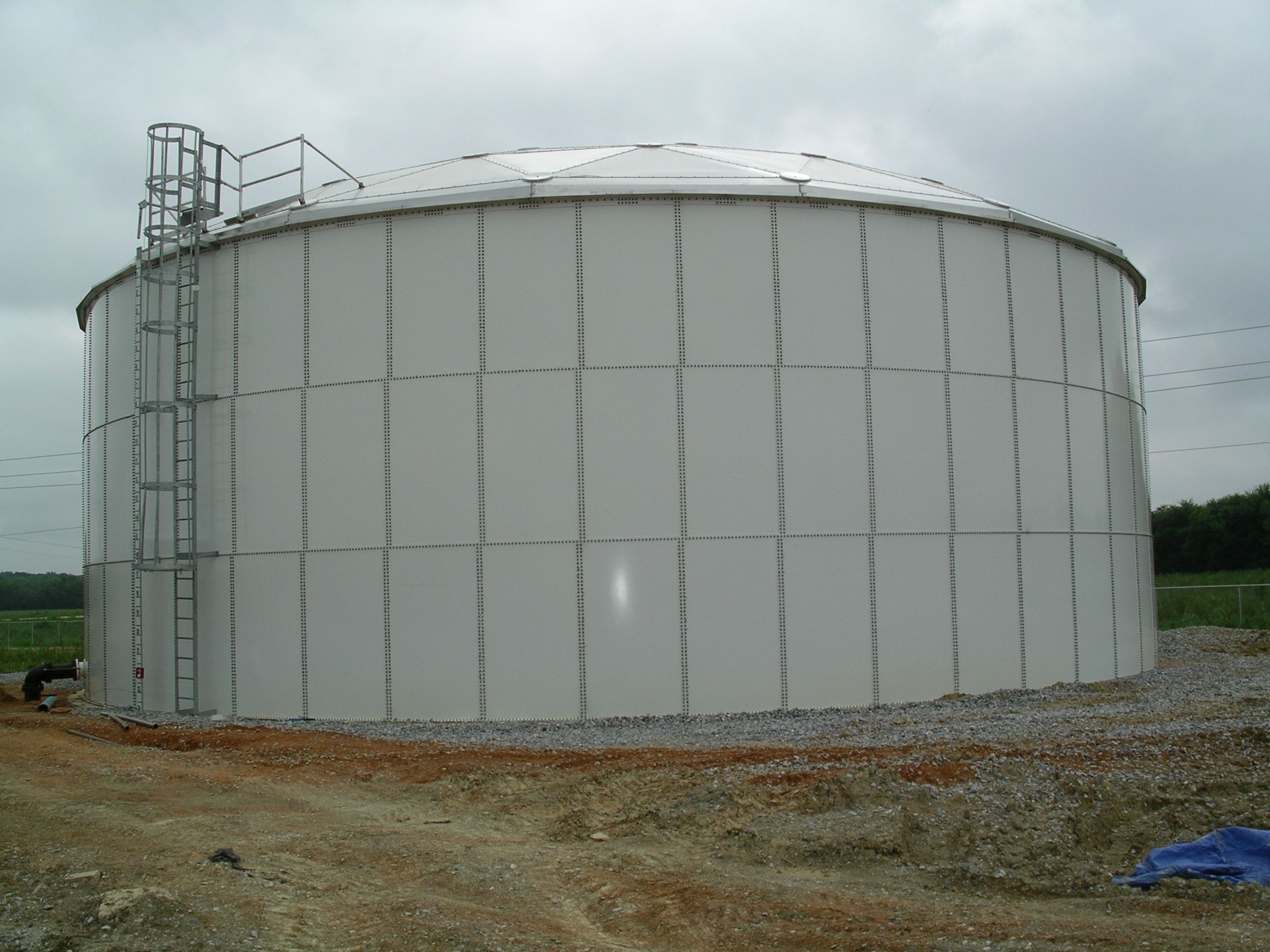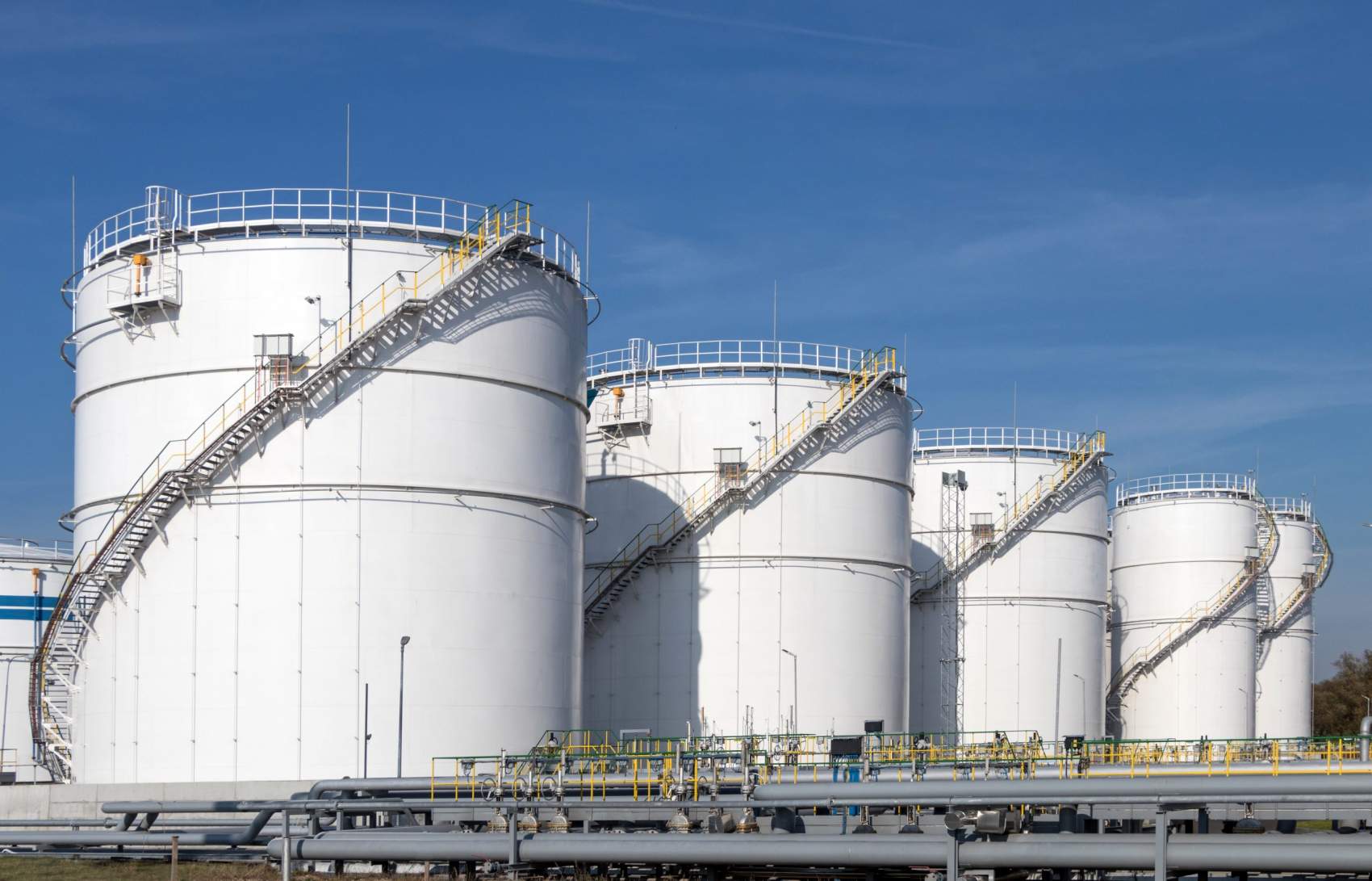Fire suppression tanks are crucial for protecting buildings and facilities from fires. These tanks store water or other substances that can quickly put out fires when they break out. Monitoring these tanks is essential to ensure they’re always ready to spring into action. Traditionally, this monitoring involved people physically checking the tanks, which could be time-consuming and sometimes unreliable.
The Importance of Fire Suppression Tanks
Imagine a large building or a factory. Inside, there are special tanks filled with water or fire-fighting chemicals. These tanks are like emergency reservoirs, ready to stop a fire in its tracks before it gets out of control. They’re strategically placed so that if a fire breaks out, there’s an immediate supply of water or chemicals to put it out fast.

Challenges with Traditional Monitoring
Before IoT came along, monitoring these tanks meant someone had to physically go and check them. They’d look at how much water was inside, check the pressure levels, and make sure everything was in good working order. This method had its drawbacks—it was time-consuming, relied on human observations, and sometimes, problems weren’t noticed until it was too late.
Enter IoT: A Game-Changer for Tank Monitoring
IoT, or the Internet of Things, has changed the game completely. Now, these fire suppression tanks can be monitored remotely and in real-time using smart sensors and internet-connected devices. Here’s how it works:
Smart Sensors: The Eyes and Ears of Tanks
IoT devices are like little smart eyes and ears that sit inside the tanks. They can measure things like water levels, temperature, pressure, and even the condition of the tank itself. These sensors send this data to a central system through the internet.
Real-Time Monitoring: Always on Alert
With IoT, tank data is available instantly. If something goes wrong—like the water level drops too low or there’s a problem with pressure—engineers and facility managers can get an alert right away. This means they can take action immediately, often before anyone on-site even notices there’s a problem.
Predictive Maintenance: Fixing Problems Before They Happen
One of the coolest things about IoT is its ability to predict issues. By analyzing the data from these sensors over time, systems can learn when something might go wrong. For example, if a sensor detects a slight drop in pressure that could indicate a leak, it can alert maintenance teams to check it out before it becomes a big problem.
Benefits of IoT in Fire Suppression Tank Monitoring
Enhanced Safety and Reliability
By monitoring tanks in real-time, IoT ensures that they’re always ready to respond to fires. This enhances overall safety for buildings, factories, and the people who work there. It reduces the risk of tanks being empty or malfunctioning when they’re needed most.
Cost Savings and Efficiency
IoT monitoring can save money too. By catching problems early, maintenance costs can be reduced. Also, by optimizing how tanks are used—like refilling them only when necessary—resources are used more efficiently.
Compliance and Reporting
Many industries have strict regulations about fire safety. IoT monitoring helps companies comply with these regulations by providing detailed records and reports of tank conditions and maintenance activities.
Future Trends and Innovations
As technology advances, so will IoT in tank monitoring. Future innovations may include AI-powered analytics that can predict problems with even more accuracy, or drones that inspect tanks from the air. The possibilities are endless!

Conclusion
In conclusion, the integration of IoT in fire suppression tank monitoring systems represents a significant advancement in Industrial Storage Tanks safety. By leveraging smart sensors and real-time data analytics, IoT ensures that fire suppression tanks are always ready to protect against fire emergencies. This technology not only enhances safety and reliability but also improves efficiency and reduces costs associated with maintenance. As IoT continues to evolve, its role in ensuring fire safety in buildings and industrial facilities will only become more critical.





